The Double-Edged Sword: AI's Non-Determinism in Software and IT

AI’s Productivity Revolution
The rapid integration of Artificial intelligence (AI) into the realms of software development and IT systems management has undeniably revolutionized productivity. From automating repetitive coding tasks to predictive analytics for system failures, AI offers an unprecedented boost to efficiency. Developers can leverage AI-powered tools for code generation, bug detection, and even refactoring, significantly accelerating the development lifecycle. In IT operations, AI-driven platforms can proactively monitor system health, optimize resource allocation, and even self-heal minor issues, leading to more stable and performant environments.
This newfound capability to offload complex and time-consuming tasks to intelligent systems has been a game-changer, allowing human professionals to focus on higher-level strategic initiatives and innovation.
The Non‑Determinism Challenge
However, beneath this veneer of enhanced productivity lies a significant challenge that the traditional software development and IT management paradigms have largely avoided: non-determinism.
While deterministic behavior—where a given input always produces the same output—has been a cornerstone of these disciplines, AI's inherent nature often defies this principle. AI models, particularly large language models and advanced machine learning algorithms, can hallucinate, fabricating information that is not present in their training data. Furthermore, even with identical inputs, these models can produce varying outputs, a phenomenon known as stochasticity.
This introduces an unpredictable element into processes that have historically relied on strict reproducibility and predictable outcomes.
When AI Code Goes Rogue
The impact of this non-deterministic behavior is profound. Consider a software developer using an AI code generator. If the AI, given the same prompt, occasionally produces a functional code snippet and at other times generates syntactically correct but logically flawed or completely irrelevant code (hallucination), it complicates the development and testing process.
An example of non-deterministic behavior in this context would be an AI assistant offering different solutions or suggesting different libraries for the same problem on successive attempts, even with identical input parameters. This can lead to increased debugging time as developers must not only verify the correctness of the AI-generated code but also contend with the possibility of varied outputs for the same input. It shifts the burden from merely checking for errors to validating consistency across different AI interactions.
Unpredictable AI in IT Ops
In IT systems management, the ramifications are equally significant. Imagine an AI-powered diagnostic tool that, when presented with the same log files and system metrics, provides different root cause analyses or suggests conflicting remediation steps.
This non-deterministic behavior impacts incident response and troubleshooting. For instance, an AI might recommend restarting a service one time and then, with the exact same input later, suggest a database optimization. This creates confusion and erodes trust in the AI's recommendations, forcing IT professionals to independently verify every suggestion. Another example could be an AI-driven automation script that, given the same trigger conditions, occasionally executes a different set of actions or produces slightly varied configuration changes. This unpredictability makes it incredibly difficult to implement robust automation and ensure system stability, as the "known good" state becomes elusive.
Taming AI’s Uncertainty
Adapting to this new reality requires a fundamental shift in our approach. Firstly, robust validation and verification mechanisms for AI outputs are paramount. This means not blindly trusting AI-generated code or diagnostic recommendations but implementing automated testing, human oversight, and feedback loops to identify and correct inconsistencies. Secondly, we need to develop new methodologies for managing and debugging non-deterministic systems. This could involve techniques like explainable AI (XAI) to understand why an AI produced a particular output, or version control for AI models to track changes in their behavior over time. Finally, the human element remains crucial.
While AI enhances productivity, human expertise is essential for interpreting AI outputs, handling edge cases, and making critical decisions, especially when faced with the inherent unpredictability of advanced AI systems. Embracing AI's power while diligently mitigating its non-deterministic aspects will be key to unlocking its full potential.
